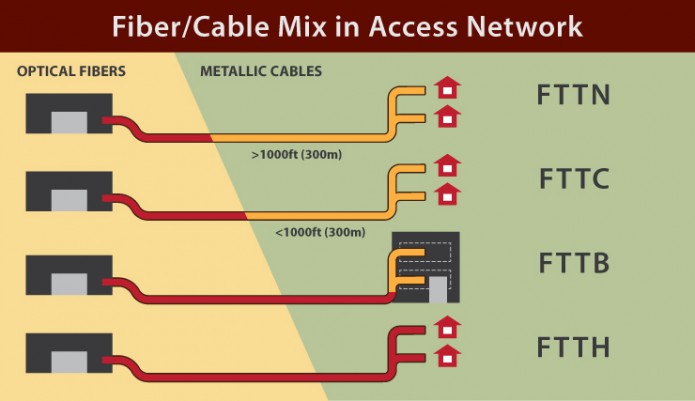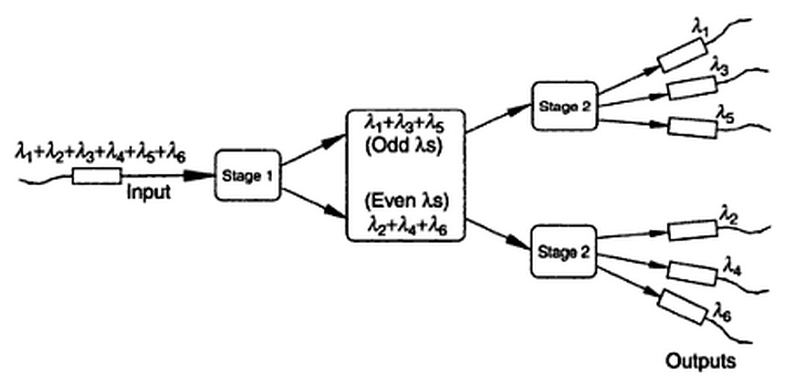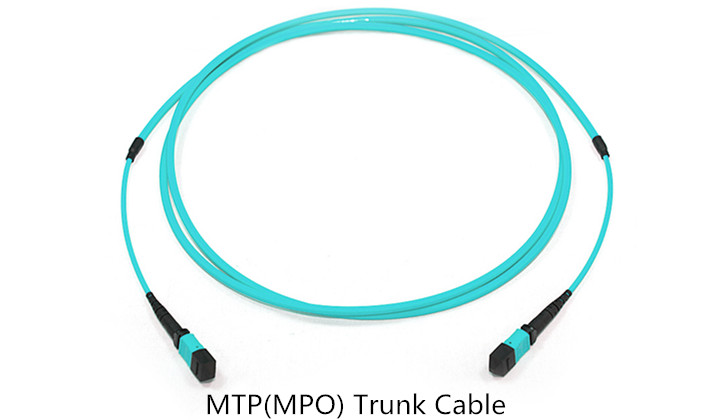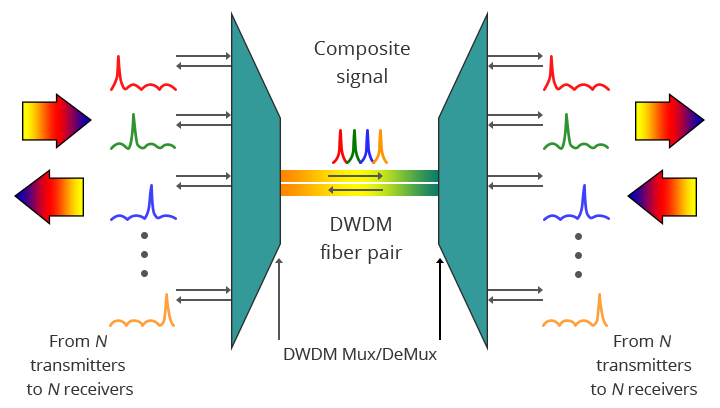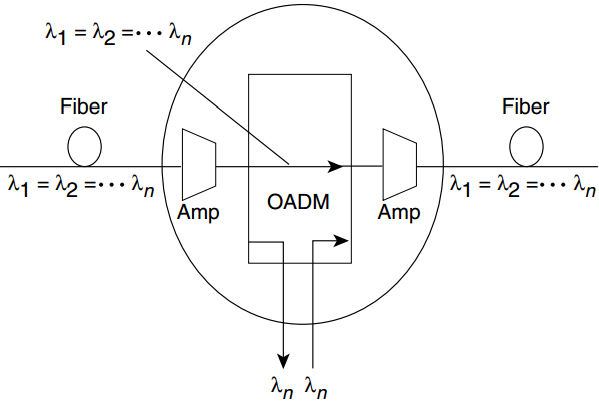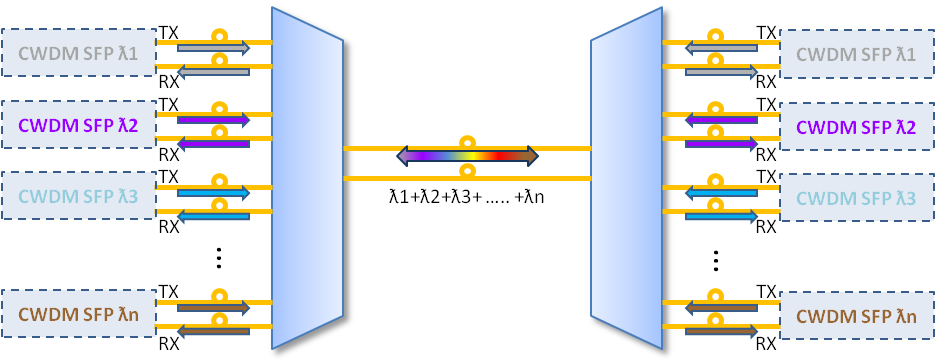With the growth of bandwidth-intensive applications such as high-performance computing and business continuity, there emerge higher-speed networks of 40/100G Ethernet. And as products become less expensive and more available over time, 40/100G Ethernet will inevitably be commonplace in our daily life. Therefore, it is necessary to create a migration path by installing a structured cabling system that can support the future 40/100G networking needs. In this system, such fiber optic products as MTP/MPO connectors, 40/100G transceivers and 40/100G direct attach cables (DACs) are important components. This article will discuss their roles in 40/100G Ethernet migration respectively.
Since 40/100G Ethernet uses parallel optics technology which requires data transmission across multiple fibers simultaneously, the multi-fiber connectors are needed. MTP/MPO is the designated interface for multi-mode 40/100G Ethernet, and its backward is compatible with legacy 1G/10G applications as well. 40G Ethernet uses a 12 position MTP/MPO connector interface that aligns 12 fibers in a single row. And the 4 leftmost fibers are used to transmit data, the middle 4 fibers are left unused, while the 4 rightmost fibers are used to receive data. 100G Ethernet uses a 24 position MTP/MPO connector with two rows of 12 fibers. And the outermost fibers on either end of the rows are vacant, while 10 fibers in the upper row for transmitting data and the remaining 10 fibers in the lower row for receiving data.
40/100G Transceivers
Together with MTP/MPO connectors, 40/100G transceivers are often used (as shown in the above figure). Through the use of plug-and-play, hot-swap transceiver miniaturization, fiber connectivity in higher-speed active equipment is being condensed and simplified. Transceivers used in 40/100G Ethernet migration include 40G QSFP+ transceivers, 100G CFP transceivers and so on. 40G QSFP+ transceivers can support 4x10G modes, which allow new parallel optics active equipment being compatible with existing 10G transceivers. And the electrical connection of a 100G CFP transceiver uses 10x10G lanes in RX (receive) and TX (transmit) direction, supporting both 10x10G and 4x25G variants of 100G interconnects.
40/100G DACs
To save cost, 40/100G DACs are often used in 40/100G Ethernet instead of optical transceivers. Applied to short reach applications, it is a fixed assembly supporting high speed data that uses a small form-factor connector module as an optical transceiver on each end of a length of cable. The modules on each end meet small form-factor standards and have some function of the optical transceivers, meaning that DAC inherits some advantages of the small form-factor module. Thus, sometime there is no need to upgrade the equipment by using a DAC.
To meet the future 40/100G networking needs, the cabling system shall include components that not only support future high-bandwidth applications but also be compliant to 1G and 10G applications and all current and anticipated industry standards. Meeting all these requirements, the above mentioned MTP/MPO connectors, 40/100G transceivers and 40/100G DACs play important roles in migration to 40/100G Ethernet. As a professional supplier of fiber connectivity network solutions, Fiberstore supplies all these fiber optic products and other kinds of products for 40/100G Ethernet migration.
Originally published at www.fiber-optical-networking.com.
